Home>Renovation & DIY>Tools & Equipment>What Grit Sandpaper For Car Touch Up Paint
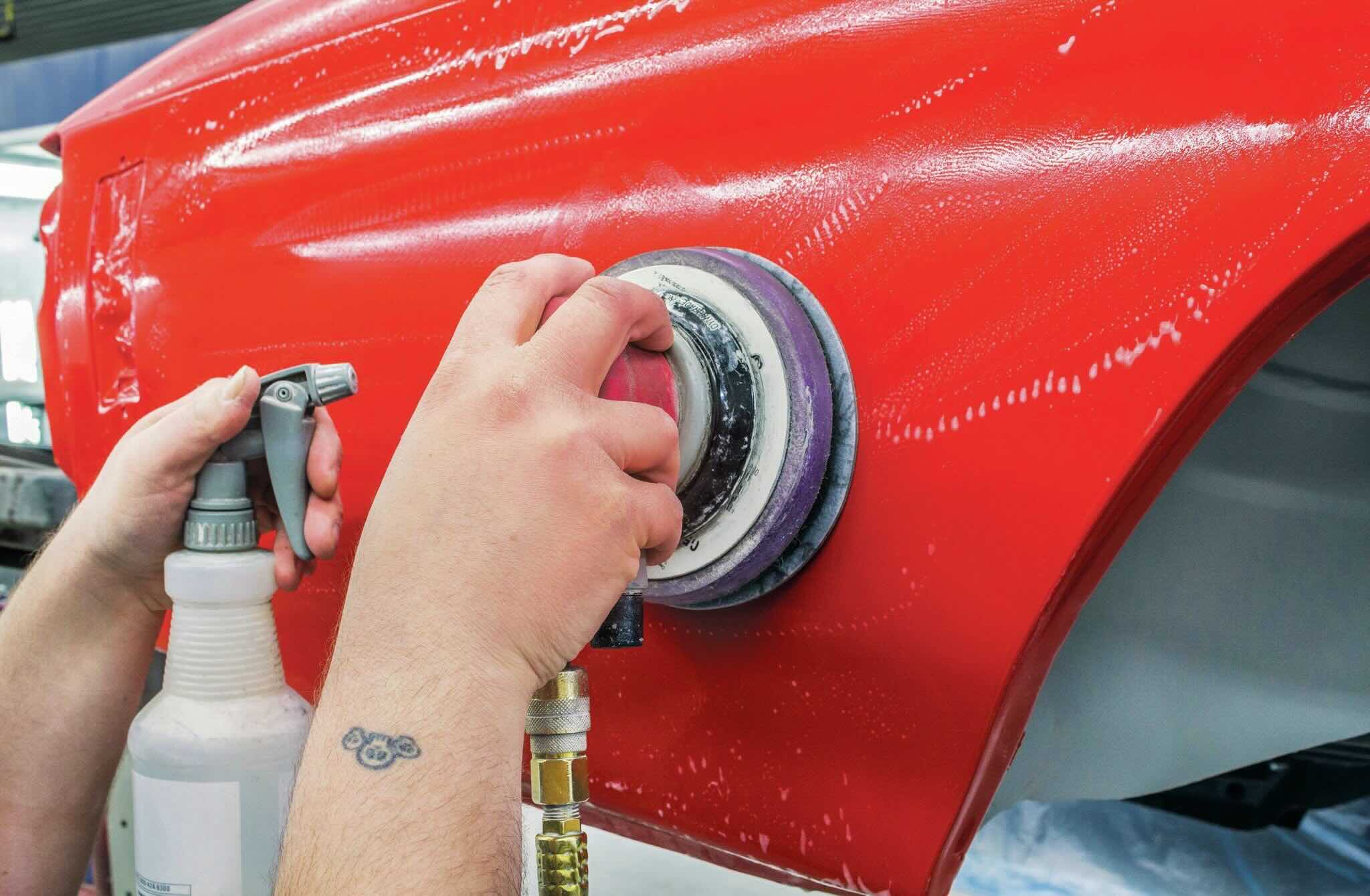

Tools & Equipment
What Grit Sandpaper For Car Touch Up Paint
Modified: December 26, 2023
Find the best grit sandpaper for car touch up paint at our one-stop shop for tools and equipment. Get the right sandpaper for a flawless finish!
(Many of the links in this article redirect to a specific reviewed product. Your purchase of these products through affiliate links helps to generate commission for Storables.com, at no extra cost. Learn more)
Introduction
When it comes to maintaining the aesthetic appeal of your car, touch-up paint can work wonders in restoring its flawless finish. However, achieving a seamless and professional-looking result requires more than just applying the paint. One crucial step in the process is sanding the area to ensure a smooth and even surface for the new paint to adhere to. This is where grit sandpaper comes into play.
Understanding the intricacies of grit sandpaper and its application is essential for achieving a successful car touch-up paint job. From selecting the right grit to mastering the sanding techniques, every aspect contributes to the overall outcome. In this comprehensive guide, we will delve into the world of grit sandpaper for car touch-up paint, equipping you with the knowledge and insights needed to elevate your car maintenance prowess.
Whether you are a seasoned car enthusiast or a novice looking to delve into the realm of DIY car touch-up projects, this guide will serve as your trusted companion. Join us as we unravel the mysteries of grit sandpaper, explore the nuances of selecting the appropriate grit for your car touch-up paint, and uncover the best practices for achieving a flawless finish. Let's embark on this insightful journey and empower ourselves with the expertise needed to elevate our car maintenance endeavors.
Key Takeaways:
- Choose the right grit sandpaper based on imperfections and paint type to achieve a flawless car touch-up paint finish. Coarser grits for deeper scratches, finer grits for minor imperfections, and meticulous surface preparation are key.
- Master sanding techniques like progressive grit sequence, even pressure, feathering edges, and final surface smoothing for professional-grade car touch-up paint results. Clean, level, and polish the surface to perfection before applying the paint.
Read more: What Grit Sandpaper To Remove Paint From Car
Understanding Grit Sandpaper
Before delving into the realm of car touch-up paint, it’s essential to grasp the fundamentals of grit sandpaper. Grit refers to the coarseness or fineness of the abrasive particles embedded in the sandpaper. These abrasive particles, typically aluminum oxide or silicon carbide, are distributed across the sandpaper’s surface and are responsible for the sanding action.
Grit sizes are denoted by a number, which indicates the number of abrasive particles per square inch of sandpaper. In the world of sandpaper, the higher the grit number, the finer the sandpaper. For instance, sandpaper with a grit of 80 is coarser and more abrasive, while a grit of 1000 is significantly finer and ideal for achieving a smooth, polished finish.
Common grit sizes range from 40 (coarse) to 3000 (extra fine), offering a wide spectrum of options to cater to various sanding needs. Coarse grit sandpaper is adept at removing material quickly, making it suitable for heavy-duty sanding tasks. Conversely, fine grit sandpaper excels in refining surfaces and achieving a polished finish, making it ideal for delicate and precision work.
Understanding grit sandpaper is pivotal in the realm of car touch-up paint, as it directly influences the surface’s texture and the paint’s adhesion. By comprehending the characteristics of different grit sizes, you can make informed decisions when selecting the appropriate sandpaper for your car touch-up project. Whether you are aiming to smooth out imperfections or prepare the surface for a flawless paint application, the right grit sandpaper will be your trusted ally in achieving remarkable results.
Now that we’ve laid the groundwork for understanding grit sandpaper, let’s venture into the realm of selecting the right grit sandpaper for car touch-up paint, where we will unravel the intricacies of choosing the optimal grit to elevate your car maintenance endeavors.
Choosing the Right Grit Sandpaper for Car Touch Up Paint
When embarking on a car touch-up paint project, selecting the right grit sandpaper is a crucial determinant of the final outcome. The choice of grit will depend on the nature and extent of the imperfections on the car’s surface, as well as the type of touch-up paint being applied. Let’s explore the key considerations for choosing the optimal grit sandpaper for your car touch-up paint project.
Assessing Imperfections: Before diving into the world of grit sandpaper, it’s essential to assess the imperfections on the car’s surface. Are there minor scratches, shallow dents, or paint chips that need to be addressed? Understanding the extent of the imperfections will guide you in determining the appropriate grit for the sanding process.
Matching Grit to Imperfections: For minor imperfections such as light scratches and paint chips, a fine grit sandpaper in the range of 800 to 1500 is ideal. This finer grit is adept at smoothing out the imperfections without causing excessive abrasion to the surrounding areas. Conversely, deeper scratches and dents may require starting with a coarser grit, such as 320 or 400, to level the surface before progressing to finer grits for a polished finish.
Consider the Paint Type: The type of touch-up paint being applied also influences the choice of grit sandpaper. For instance, water-based touch-up paints may require a different approach compared to solvent-based paints. Water-based paints may necessitate finer grits to achieve a smooth surface, while solvent-based paints may tolerate slightly coarser grits for initial leveling.
Surface Preparation: Proper surface preparation is paramount in ensuring the adhesion and longevity of the touch-up paint. After sanding the imperfections, it’s essential to use a fine grit sandpaper, around 1000 to 1500, to feather the edges and create a seamless transition between the sanded and unsanded areas. This meticulous preparation sets the stage for a flawless paint application.
By carefully assessing the imperfections, matching the grit to the specific needs, considering the paint type, and prioritizing meticulous surface preparation, you can confidently select the right grit sandpaper for your car touch-up paint project. Now that we’ve navigated the nuances of choosing the optimal grit, let’s delve into the essential sanding techniques that will elevate your car touch-up paint endeavors to new heights.
Use 320-400 grit sandpaper for car touch up paint. This fine grit will smooth the surface without creating deep scratches, allowing the paint to adhere properly.
Sanding Techniques for Car Touch Up Paint
Mastering the art of sanding is pivotal in achieving a flawless canvas for your car touch-up paint. The following sanding techniques will empower you to navigate the intricacies of surface preparation, ensuring that your touch-up paint project yields professional-grade results.
Initial Surface Preparation: Begin by thoroughly cleaning the area to be sanded, ensuring that it is free from dirt, debris, and contaminants. This sets the stage for an unobstructed sanding process and promotes optimal paint adhesion.
Progressive Grit Sequence: When addressing imperfections, it’s essential to start with a coarser grit to level the surface and gradually progress to finer grits for a polished finish. For instance, you may commence with 320 or 400 grit to address deeper scratches or dents, then transition to 800, 1000, or 1500 grit for refining the surface and achieving a smooth texture.
Even Pressure and Motion: Apply even pressure while sanding to maintain a consistent level of abrasion across the surface. Utilize a back-and-forth or circular motion, ensuring that the sanding action is uniform and comprehensive. This approach minimizes the risk of uneven patches and promotes a uniform texture.
Feathering the Edges: After addressing the imperfections, use a fine grit sandpaper (around 1000 to 1500) to feather the edges and seamlessly blend the sanded areas with the surrounding surface. This meticulous step is instrumental in achieving a seamless transition and preventing visible demarcations after the paint application.
Final Surface Smoothing: Once the imperfections have been addressed and the edges feathered, utilize an ultra-fine grit sandpaper, such as 2000 or 3000, to further refine the surface and achieve a polished texture. This step contributes to the overall smoothness and luster of the prepared surface, setting the stage for a pristine paint application.
By implementing these sanding techniques with precision and care, you can elevate the surface preparation process for your car touch-up paint project, paving the way for a professional-grade finish that exudes excellence. With a keen eye for detail and a mastery of sanding techniques, you are poised to embark on your car touch-up paint journey with confidence and expertise.
Conclusion
Embarking on a car touch-up paint project is a testament to your dedication to preserving the beauty and integrity of your vehicle. By delving into the realm of grit sandpaper and mastering the art of surface preparation, you have equipped yourself with the knowledge and techniques needed to elevate your car maintenance endeavors to new heights.
Understanding the nuances of grit sandpaper, from its coarseness to its application, is instrumental in achieving a seamless and professional finish. By carefully selecting the appropriate grit for your specific imperfections and paint type, you pave the way for a successful touch-up paint endeavor.
As you navigate the sanding process, from initial surface preparation to the meticulous feathering of edges, remember that each step contributes to the overall quality of the final result. With progressive grit sequences and precise sanding techniques, you have the power to transform imperfections into a flawless canvas, ready to embrace the rejuvenating touch of fresh paint.
Ultimately, your commitment to mastering the art of sanding for car touch-up paint is a testament to your dedication to excellence. By infusing your endeavors with precision, care, and a keen eye for detail, you are poised to achieve remarkable results that mirror the work of seasoned professionals.
As you embark on your car touch-up paint journey, may the insights and techniques shared in this guide serve as your trusted companions, empowering you to navigate the intricacies of grit sandpaper and surface preparation with confidence and expertise. With each sanding stroke, you inch closer to unveiling a revitalized, impeccable aesthetic for your cherished vehicle.
Armed with the knowledge and techniques gleaned from this guide, you are primed to embark on your car touch-up paint journey with unwavering confidence and a steadfast commitment to excellence. Let the transformative power of grit sandpaper and the art of sanding propel you toward a horizon where your vehicle’s allure is restored to its full splendor.
Frequently Asked Questions about What Grit Sandpaper For Car Touch Up Paint
Was this page helpful?
At Storables.com, we guarantee accurate and reliable information. Our content, validated by Expert Board Contributors, is crafted following stringent Editorial Policies. We're committed to providing you with well-researched, expert-backed insights for all your informational needs.
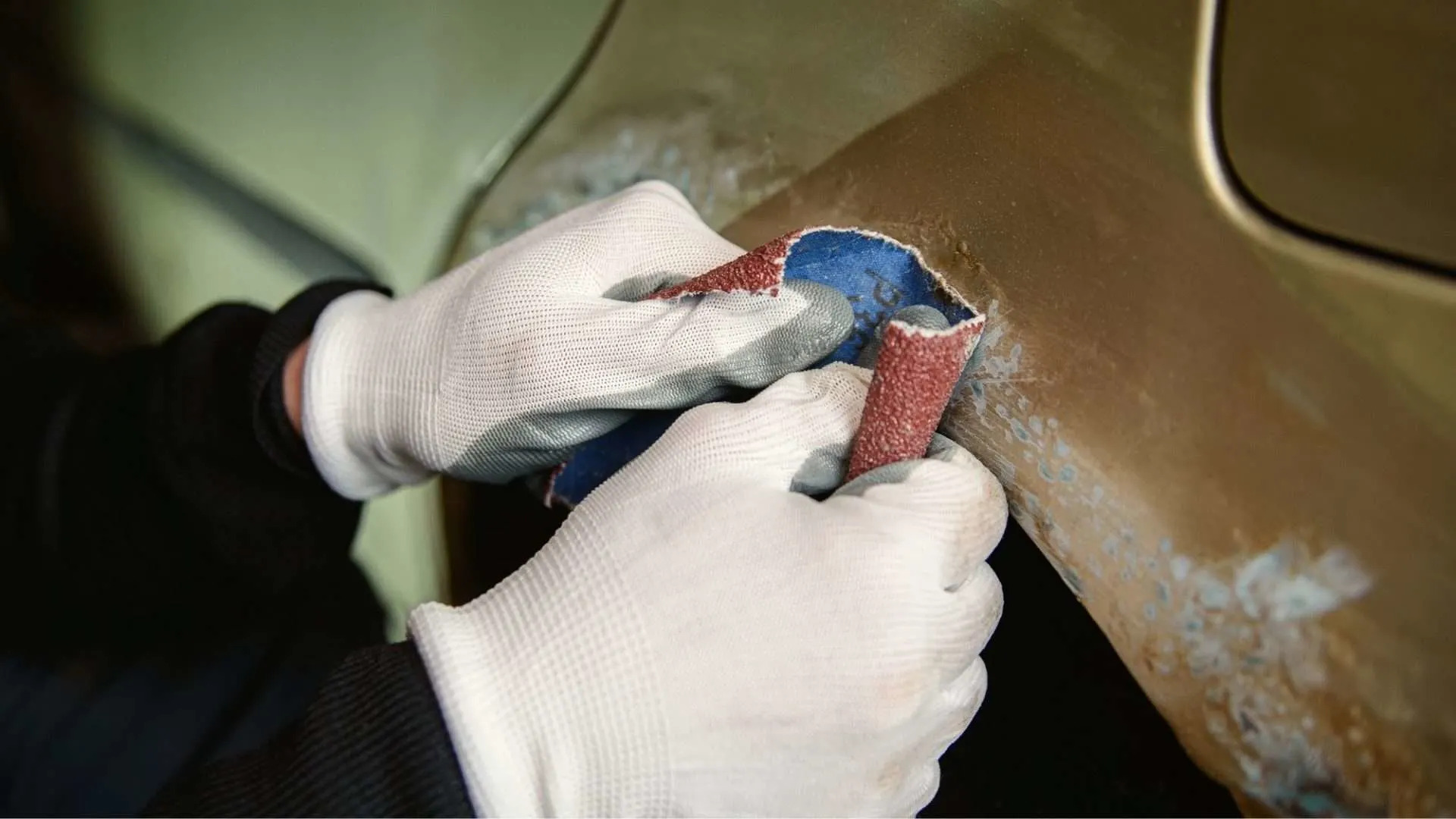
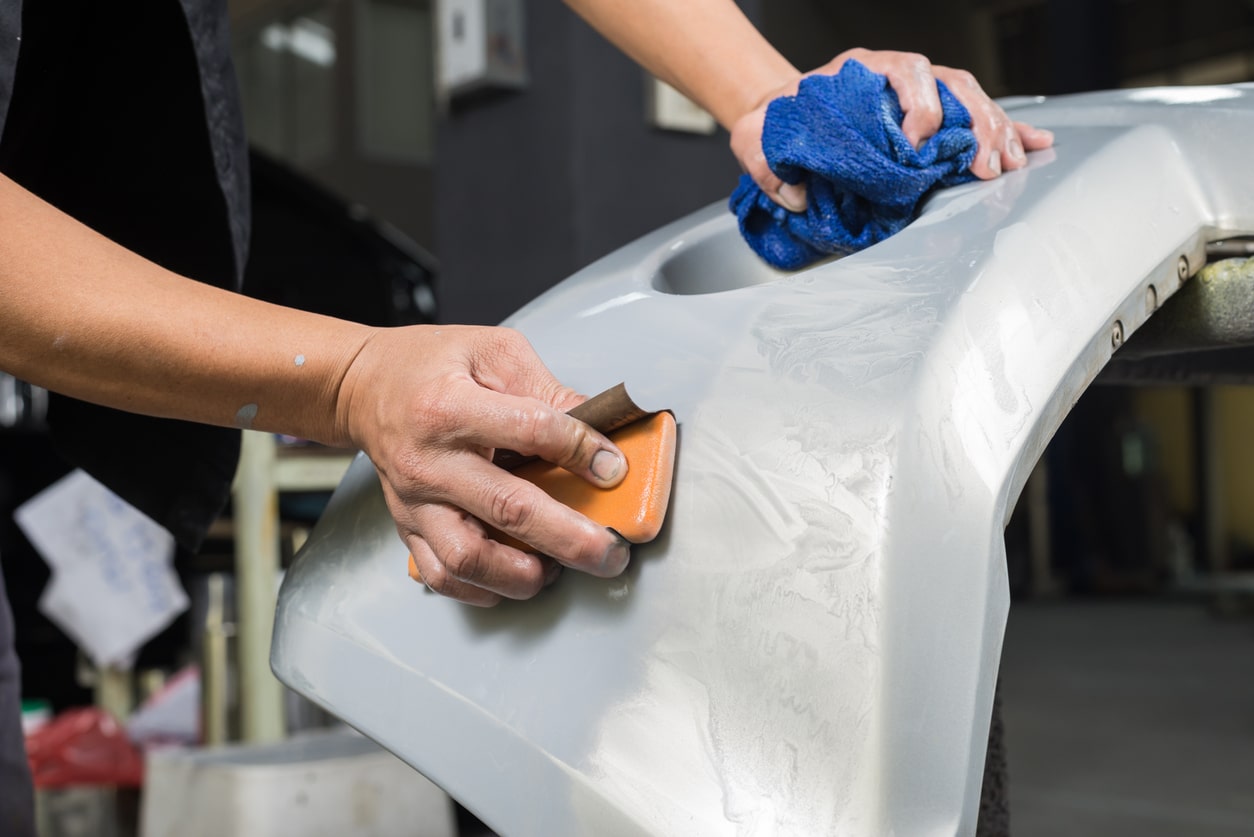
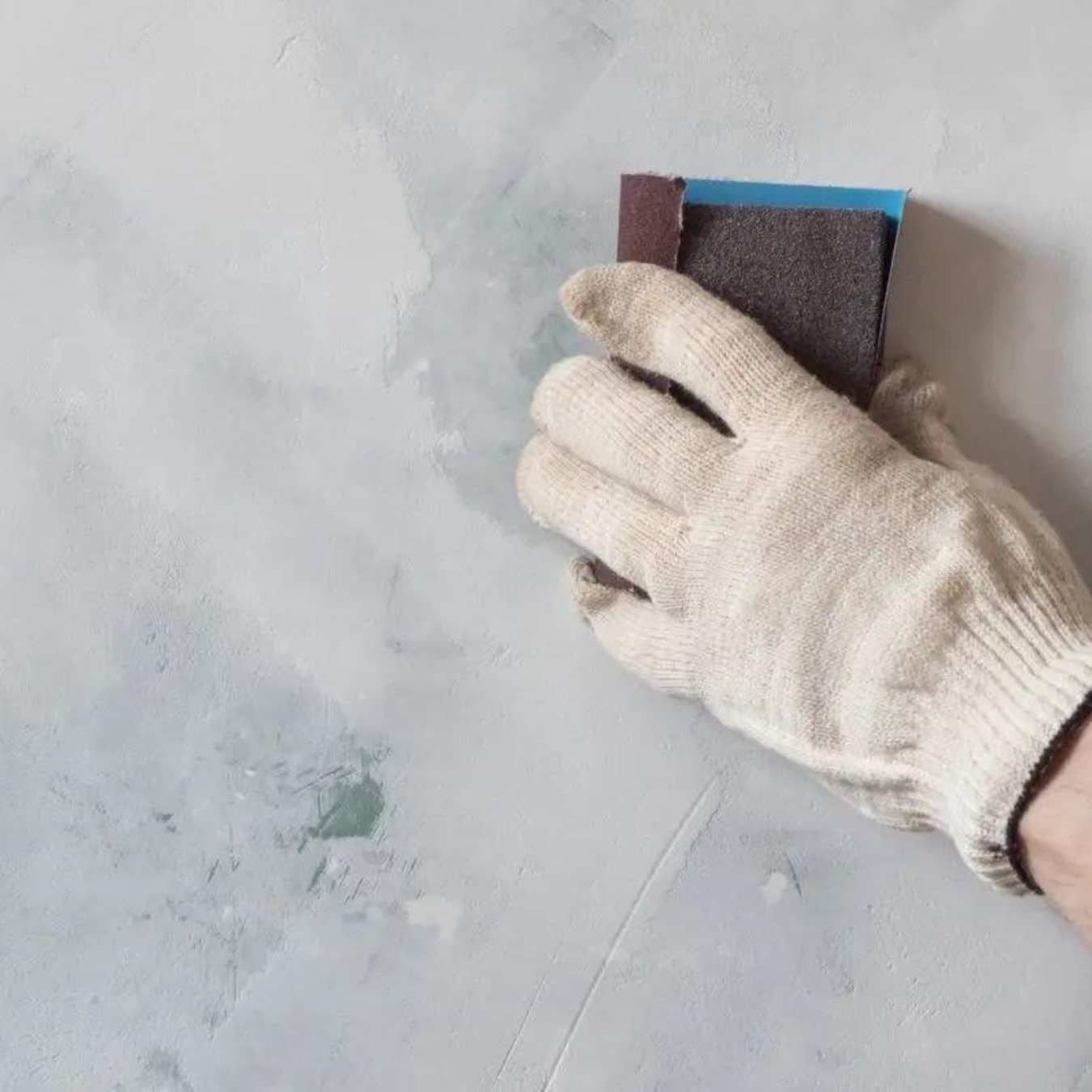
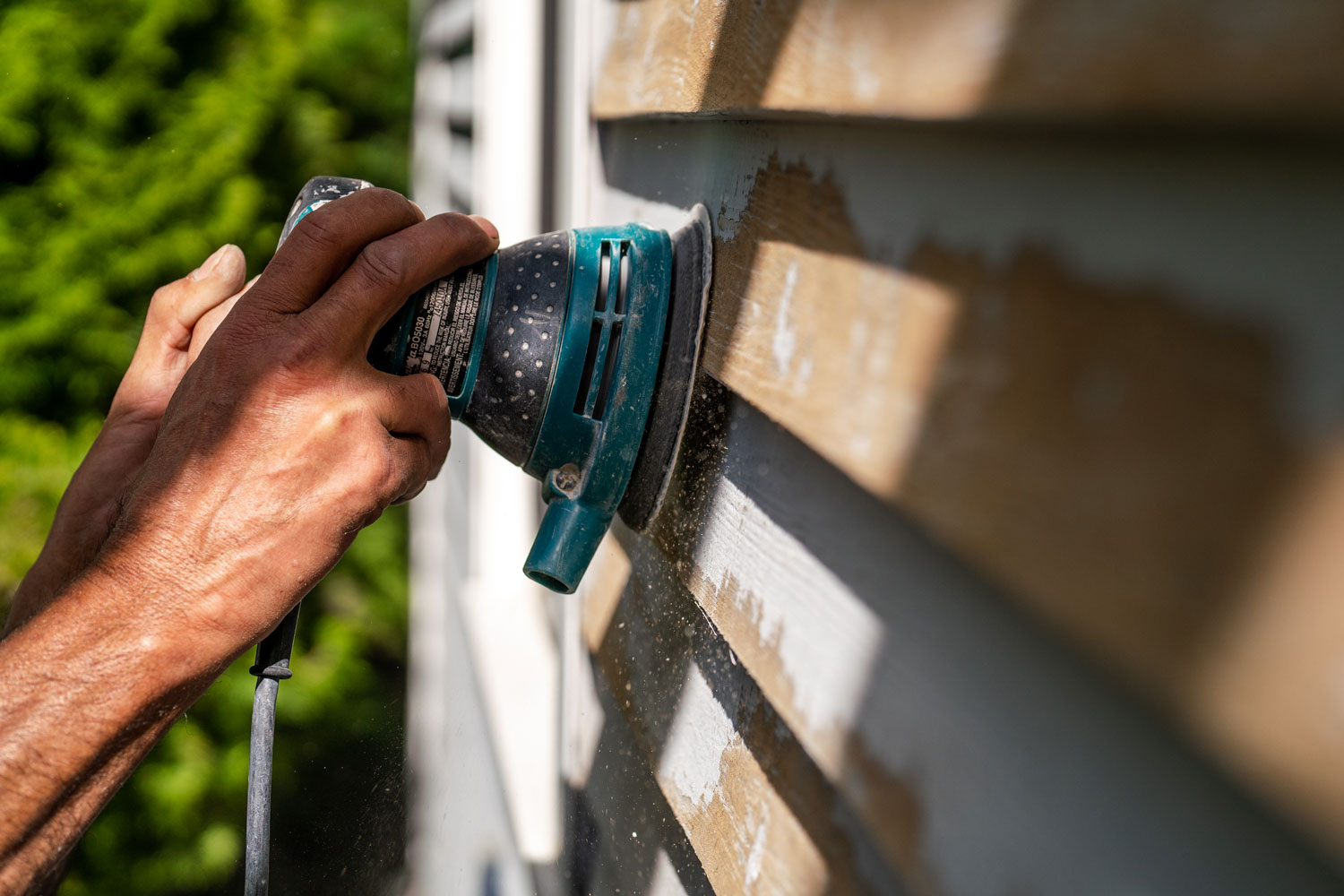
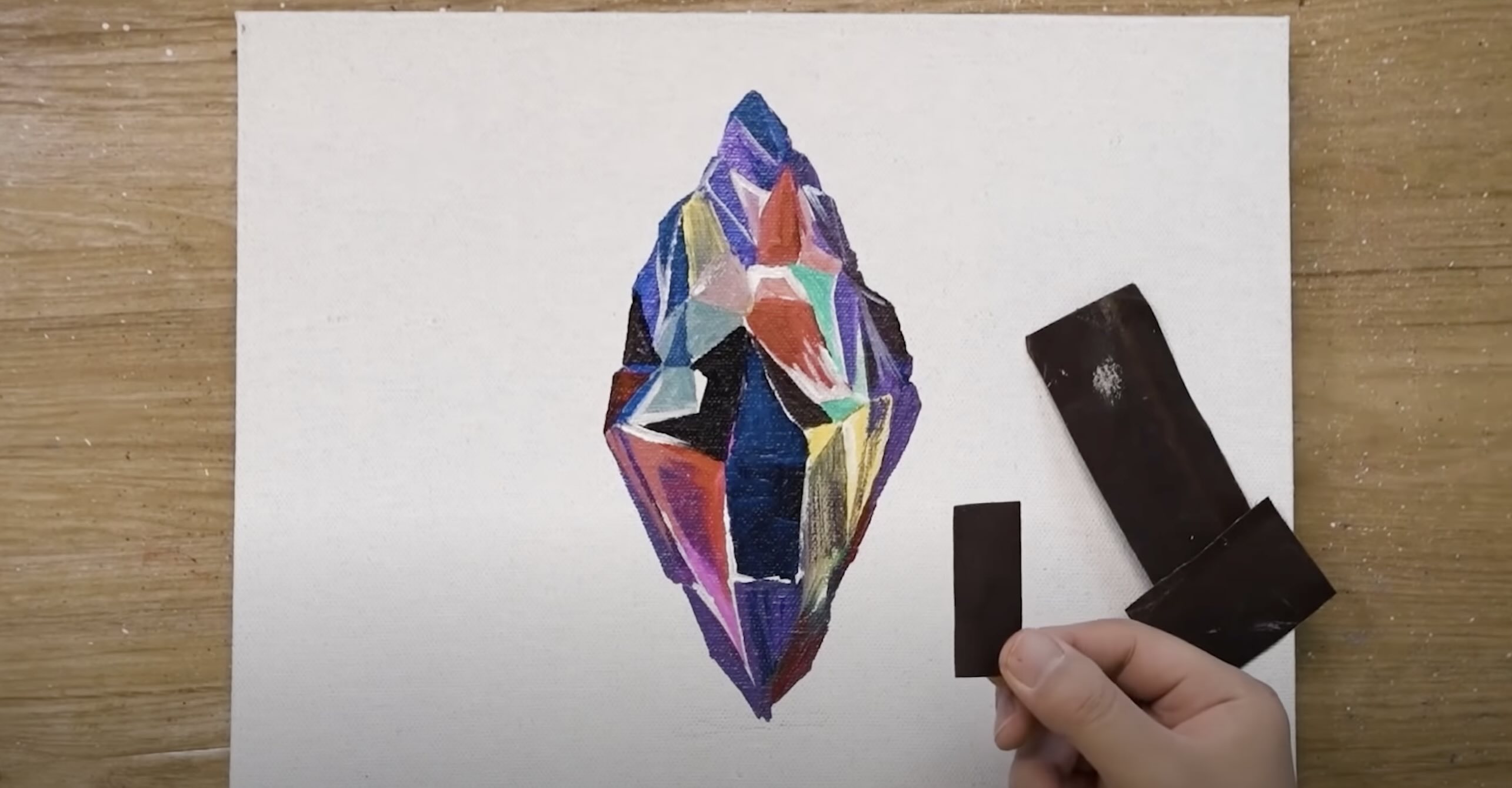
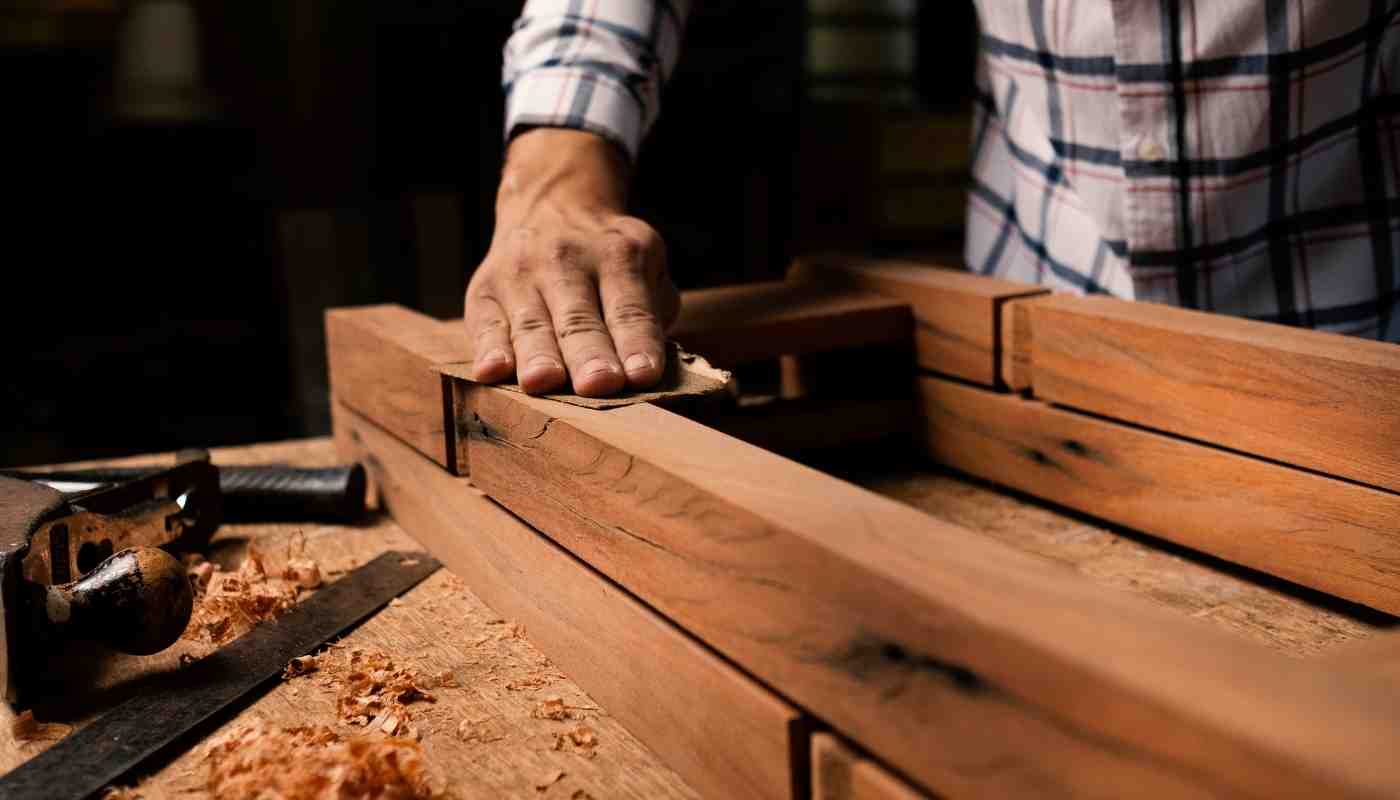
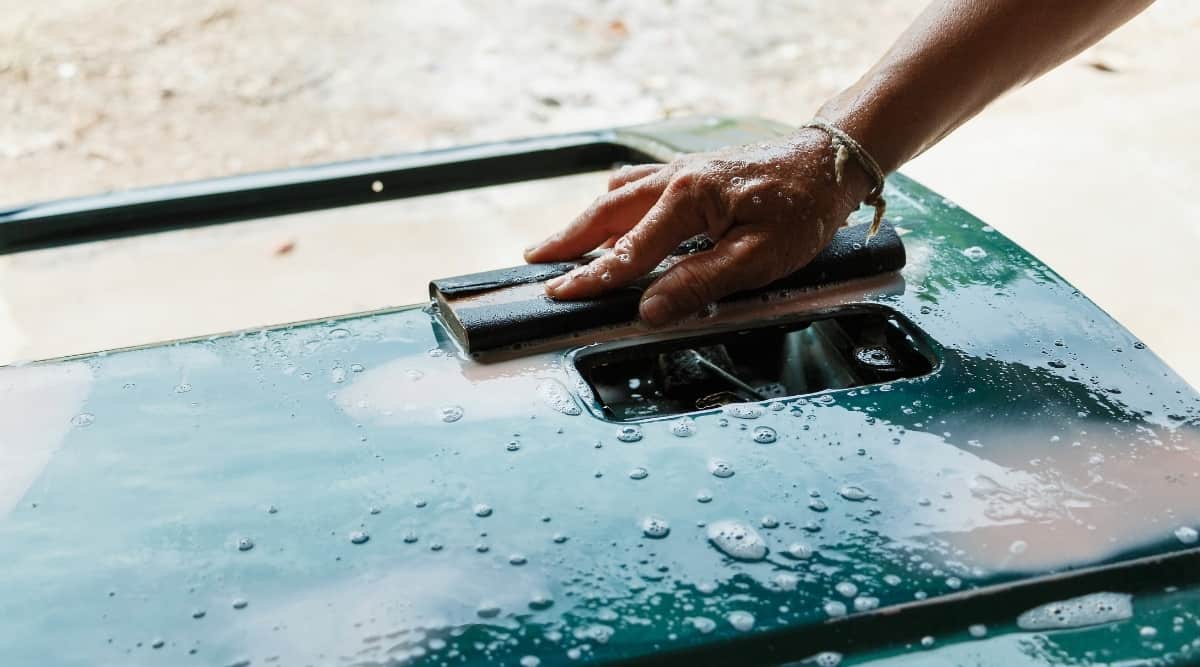
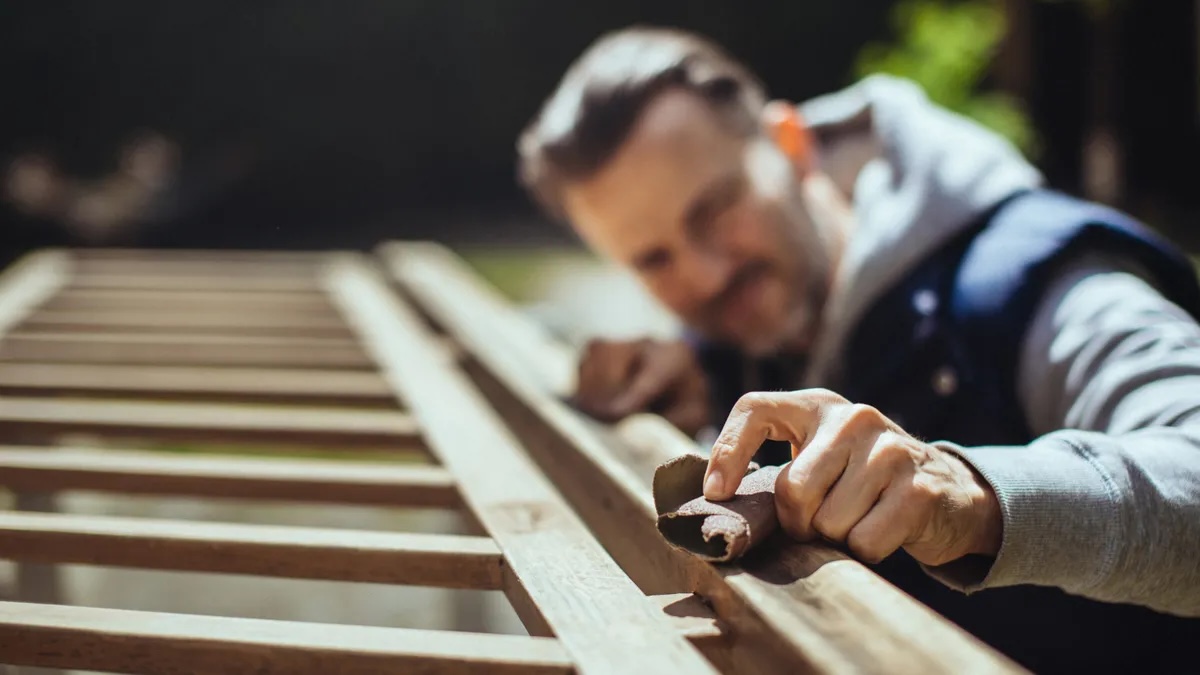
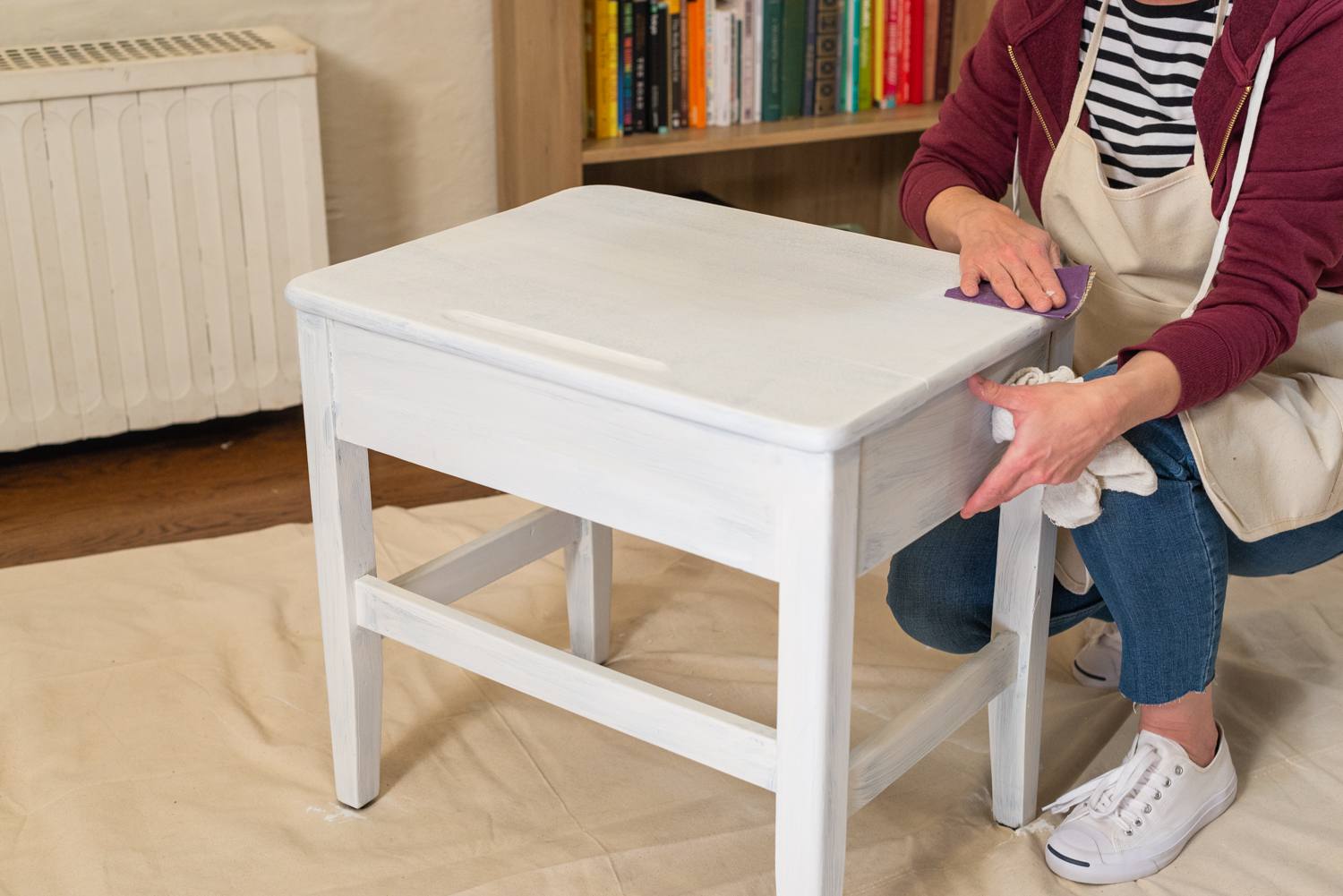
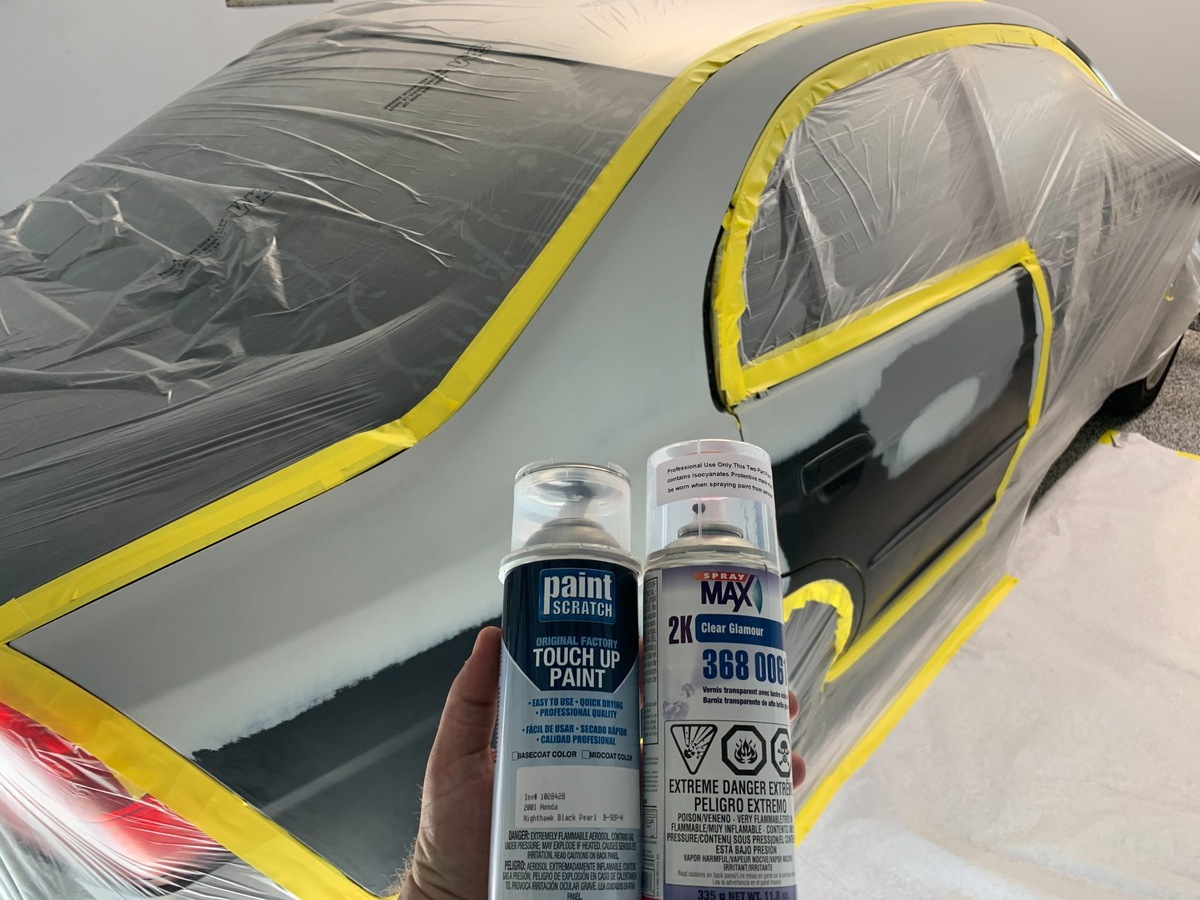
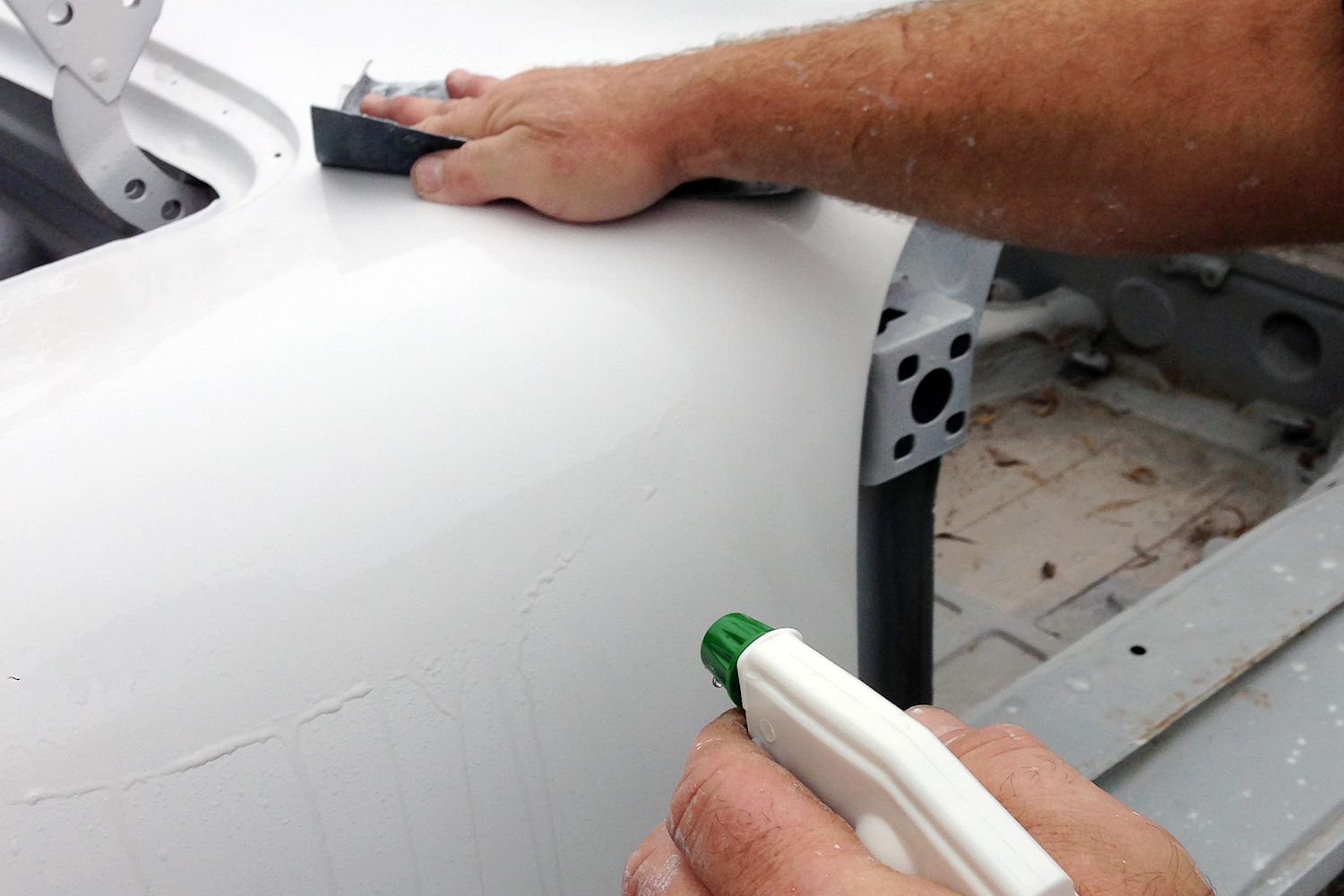
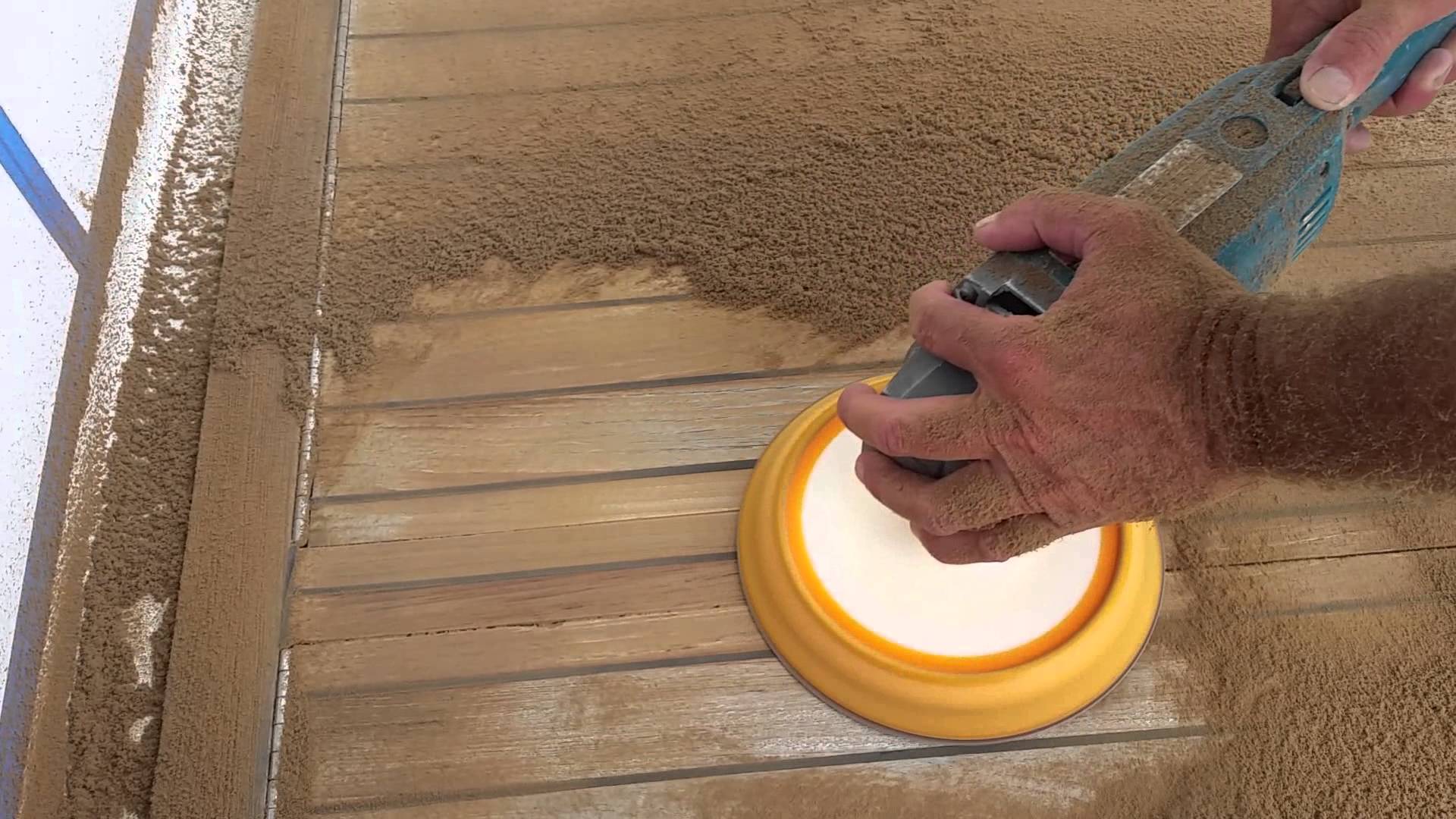
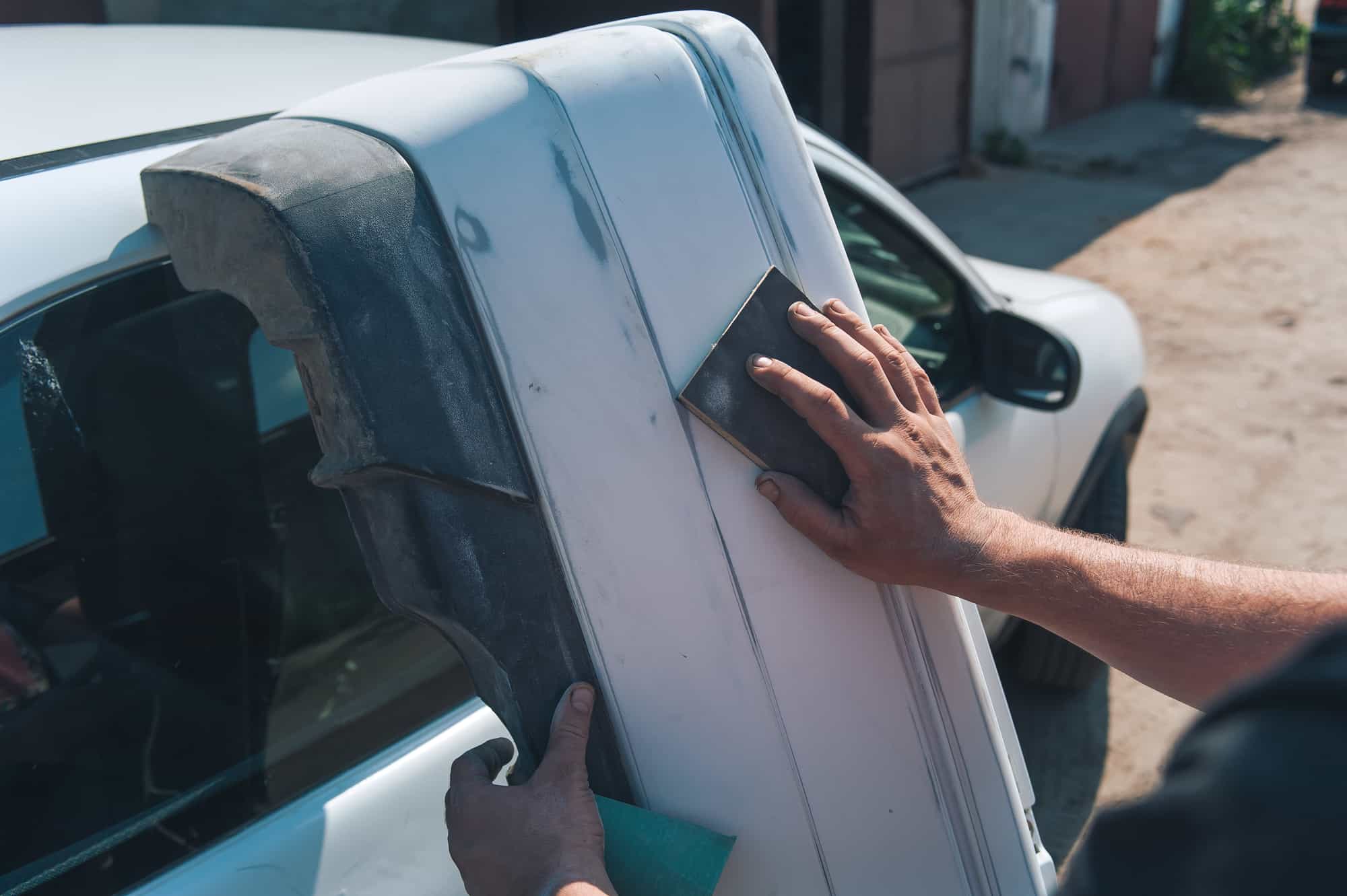
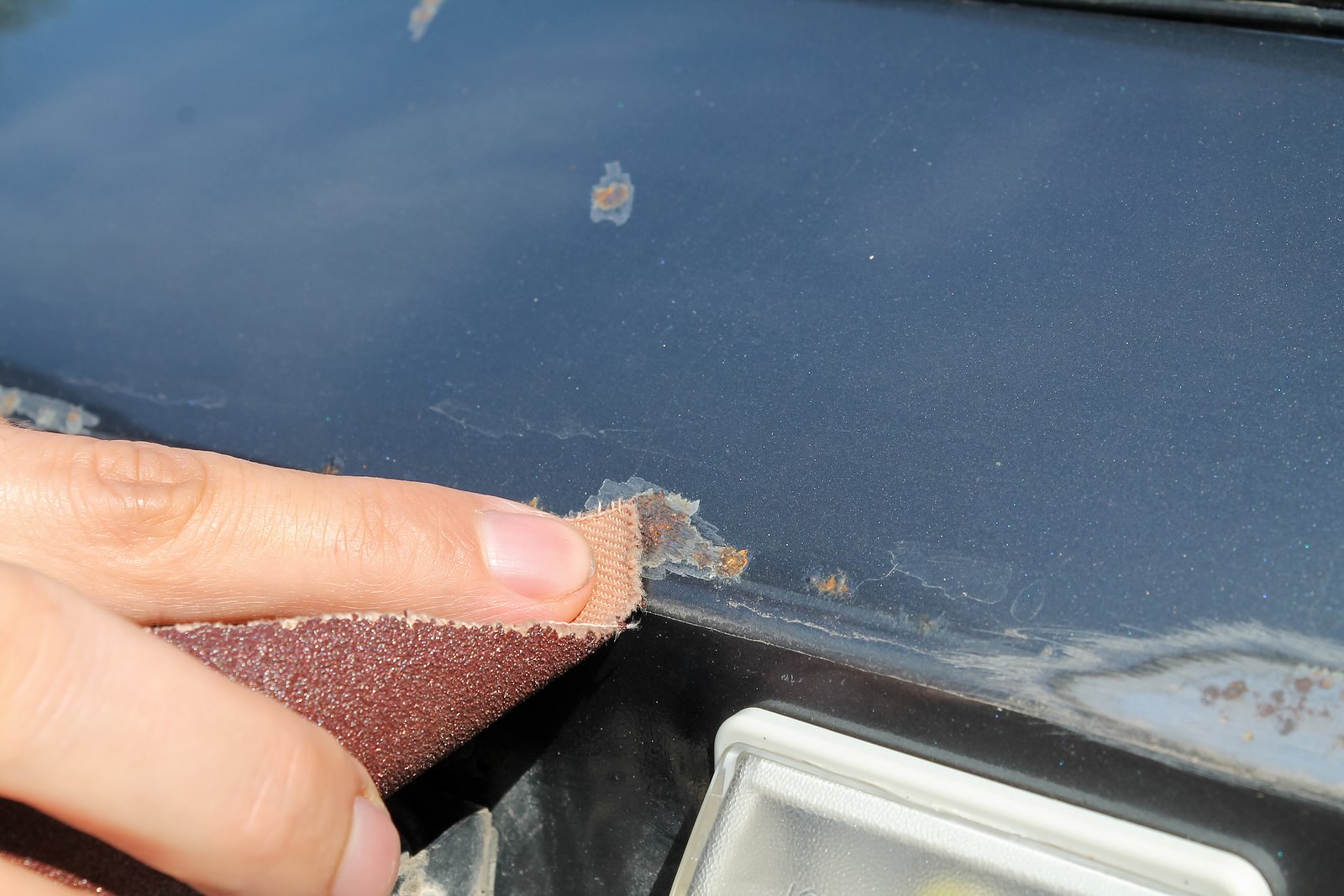
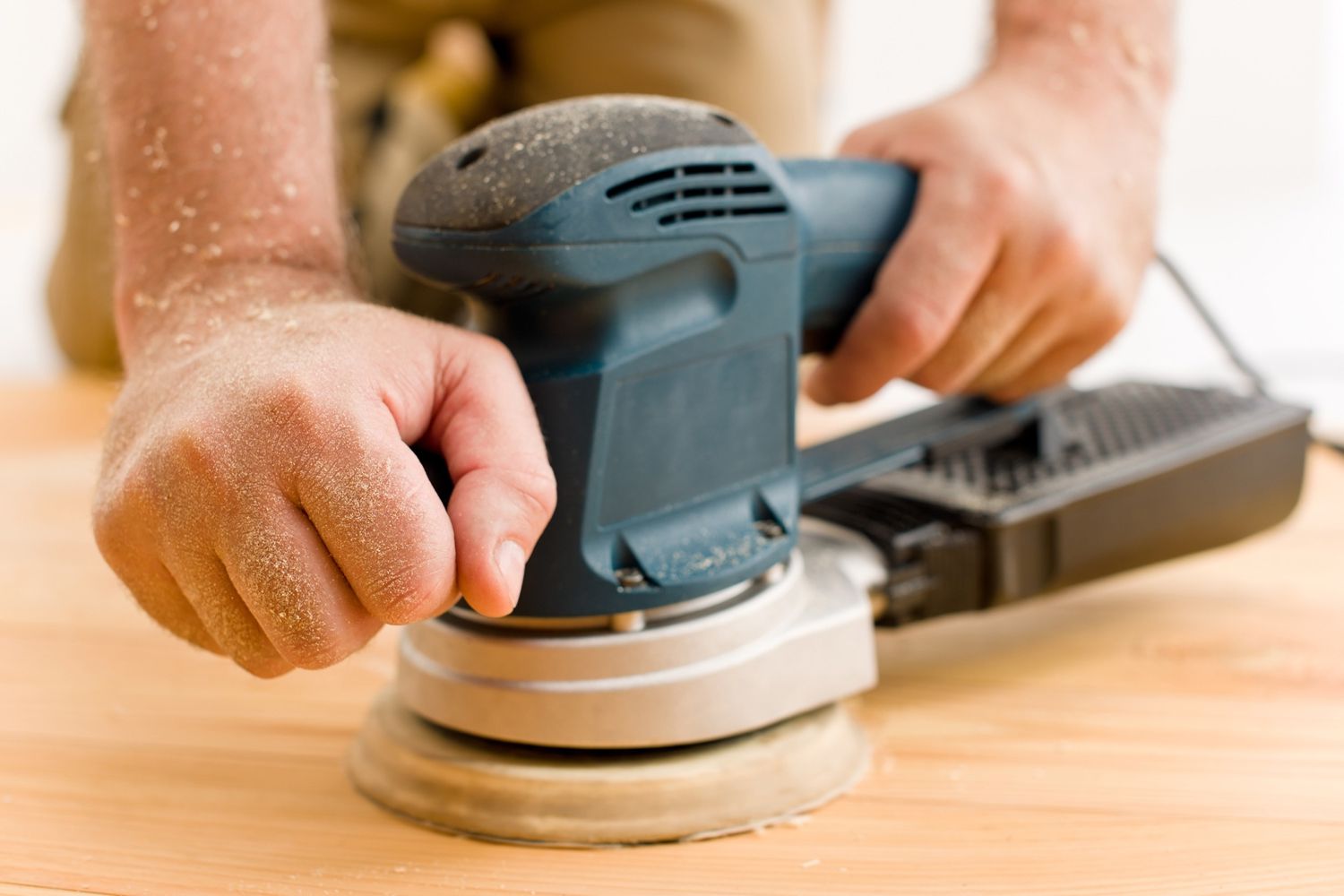

0 thoughts on “What Grit Sandpaper For Car Touch Up Paint”